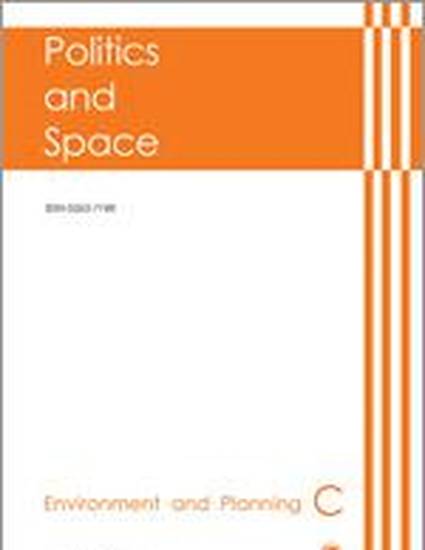
Article
Siting ‘scientific spaces’ in the US: the push and pull of regional development strategies and national innovation policies
Environment and Planning C: Government and Policy
(2014)
Abstract
The term ‘science park’ evokes a “you know it when you see it” consensus among policy experts. Although the function of science parks is broadly understood as collaborative applied research between universities, industry, and governments, the physical and institutional form of these ‘cooperative research centers’ shows significant variation. In this paper I present a typology of such centers in the current US context and discuss how they are changing. Using evidence from one high-tech industry, I underscore the agglomerated nature of basic and applied science—a key argument in the rethinking of decisions around public investments in scientific spaces. Finally, I conclude that US innovation policy is shifting to a more explicitly metropolitan orientation, recognizing the importance of proximity and agglomeration. Implicit in this shift is a reevaluation of the geography of public investment in technology infrastructure as it pertains to cities and regions.
Keywords
- regional innovations systems,
- industrial districts,
- urban innovation
Disciplines
Publication Date
October, 2014
DOI
https://doi.org/10.1068/c1271r
Citation Information
Jennifer Clark. "Siting ‘scientific spaces’ in the US: the push and pull of regional development strategies and national innovation policies" Environment and Planning C: Government and Policy Vol. 32 Iss. 5 (2014) p. 880 - 895 Available at: http://works.bepress.com/jennifer_j_clark/33/
